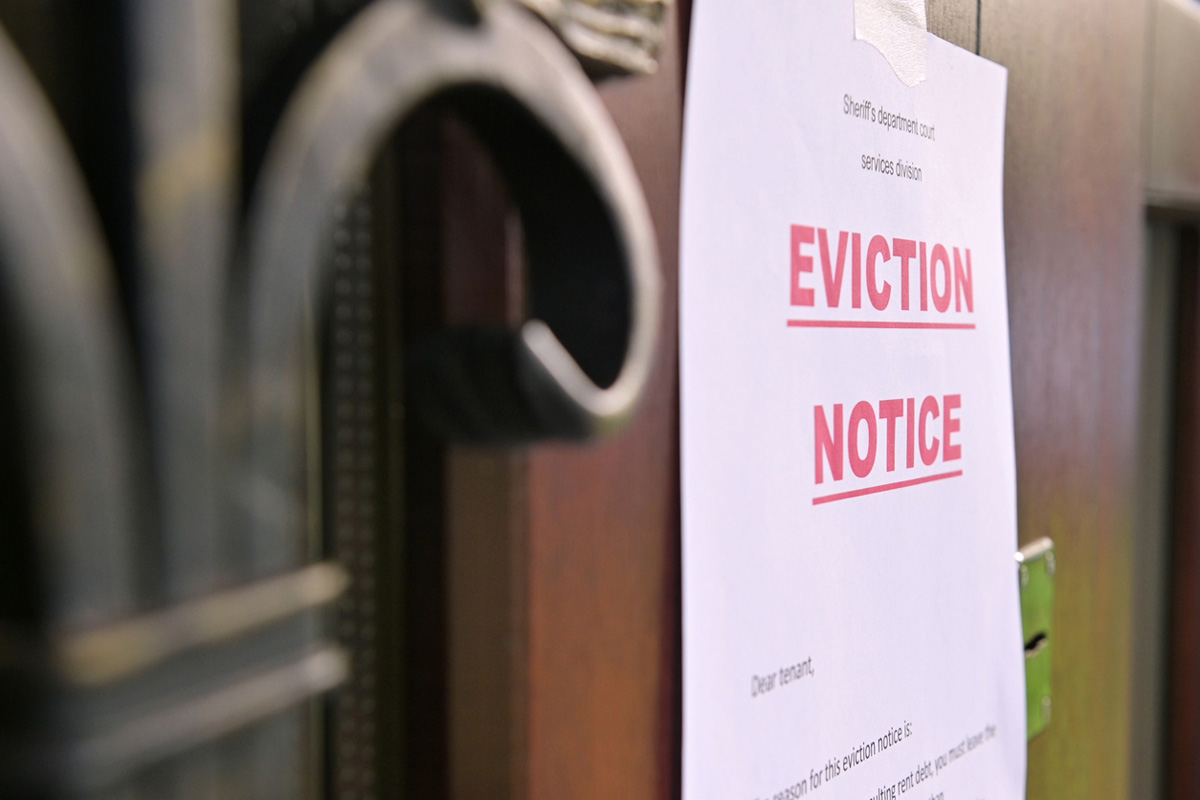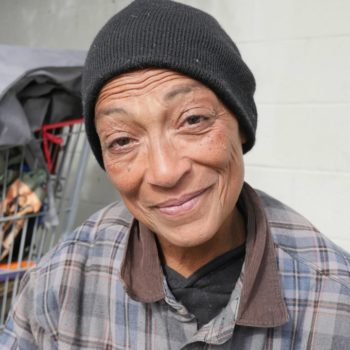Will We See Another Record-Breaking Filing of Evictions When the Current Moratorium Expires?
The clock is ticking for both rent relief and eviction moratorium extension. A looming eviction crisis continues hanging over our heads. Each time the US government is prompted to deal with the situation, they enforce a new order that merely prolongs the inevitable. This most recent COVID package is no different. If anything, it contains even less relief at a time when everyone acknowledges that we need more.
Prior to the international COVID-related shutdown, our economic tribulations had been seen only once before – during the era known as the Great Depression. While the US 2020 economy bears some resemblance to that time period, there are major differences too drastic to cover in detail that make comparisons difficult to draw.
But now, with nearly a year’s worth of experience, we have more recent, applicable data to reference. Namely, that data comes from the conclusion of the CARES ACT ERA, a time-span that began Aug. 24, 2020. It was during that distinct moment, when the evictions moratorium ended, just before the next moratorium was instituted, that we witnessed eviction rates soar 395% above the national average.
It is said that while history does not repeat itself, it often rhymes. The latest moratorium expires on January 31st of this year. At that time, how likely are we to see another record-breaking filing of evictions?
The Latest Moratorium Ends with Billions of Dollars in Rent Relief Funding. The Exact Number is $25 Billion. Here’s a Look at How that Breaks Down.
Ever since the onset of the public crisis, housing advocates have been calling for rent relief for the 34 million or more American renters who face the looming threat of eviction.
Rent relief works differently than an eviction moratorium. In many ways, if used correctly, it is more efficient. Under an eviction moratorium, renters are guaranteed protection from finance-related eviction. In lay terms, this means that a landlord cannot kick them out for non-payment of rent. Such a scenario leaves gaping loopholes.
Here are just a few:
- Landlords are permitted to kick out tenants for reasons other than late or missing rental payments
- Renters continue to owe past due money
- Landlords are able to tack on hefty fines
For the above-listed reasons, if an eviction filing does eventually proceed, the renter will still be on the line for their back due rent, not to mention fines, late fees, legal fees, and more. Moratoriums not only prolong the inevitable, but they also pose the risk of renters finding themselves in even worse predicaments once these moratoriums have ended.
Alternatively, there is rent relief.
Ideally, rent relief would be distributed in such a way as to prevent all of these problems and more. Qualifying renters are eligible for up to 15 months of financial aid. Yet again, there are still loopholes making it possible for some renters to fall through the system’s cracks.
A Look at What Rent Relief Is and How It Is Disbursed
Rent relief is financial assistance taken directly from the Coronavirus Relief Fund that is distributed to states. Government officials are responsible for divvying out these payments. It’s a process that could be long and arduous, particularly for states that don’t already have emergency rental assistance programs in place.
Qualifying for aid is a daunting task as well, as there are strict criteria for candidates. For example:
- In order to receive rent relief funding, renters must accrue less than 80% of the area median income with precedence given to those earning under 50%.
- Applicants must present proof of pending eviction in the form of an eviction notice or a past due utility bill. As such, rent relief is not preventing evictions. It is forcing renters to incur evictions first with the hope that these evictions will be overturned.
- Precedence is given to individuals who have been on unemployment for longer than 90 days, even though almost half of Americans are merely one paycheck (i.e. two weeks) away from homelessness.
To quote real estate journalist Georgia Kromei of The Real Deal,
“The program is meant to pay down mounting rent debt, which could be as much as $70 billion nationwide, rather than to subsidize future rents.”
Therein lies its biggest problem. Renters who have been piecing their paychecks together to make ends meet will be caught dead in the water if more aid isn’t rushed to their doorsteps.
In a recent report, the National Low Income Housing Coalition estimates a need for approximately $100 billion in rental assistance. This would have to work in tandem with eviction moratoriums in order to prevent homelessness. As it stands, we have $25 billion to use to tackle a $100 billion problem. Suffice it to say, that is simply not enough.
As time wears on and unemployment (temporary or permanent) continues to climb, tens of millions of struggling renters will face wall after wall of obstacles. Most importantly is the fact that rent relief alone does not make it illegal for a landlord to evict someone. In fact, they have the option to refuse the finances altogether. This puts the lives of working families across the nation in the hands of big government and big real estate. If August is any example of how quickly landlords will jump to evict, then the end result could be devastating – causing Dust Bowl era homelessness.













